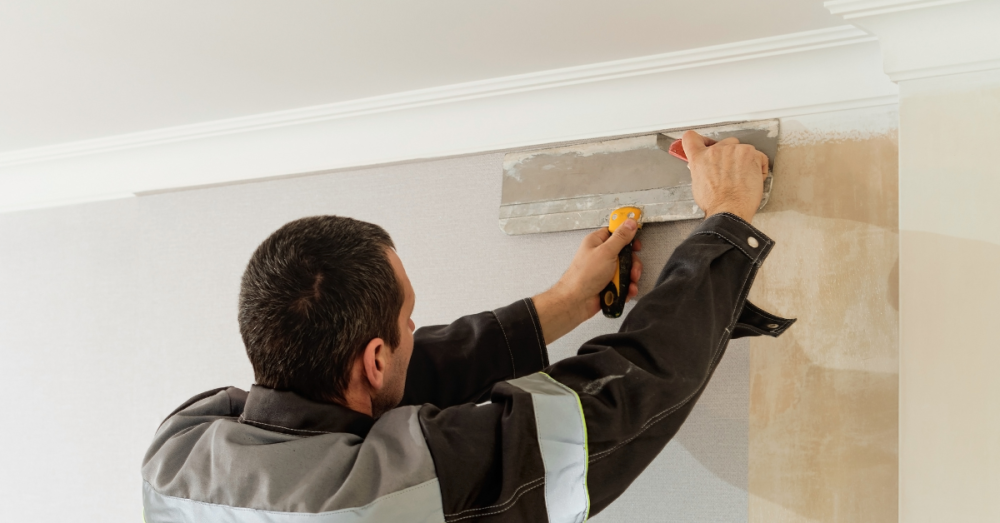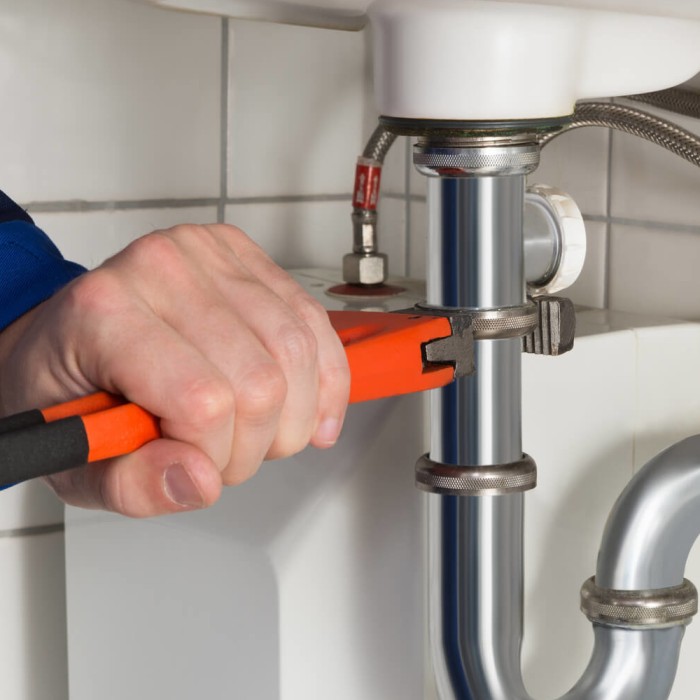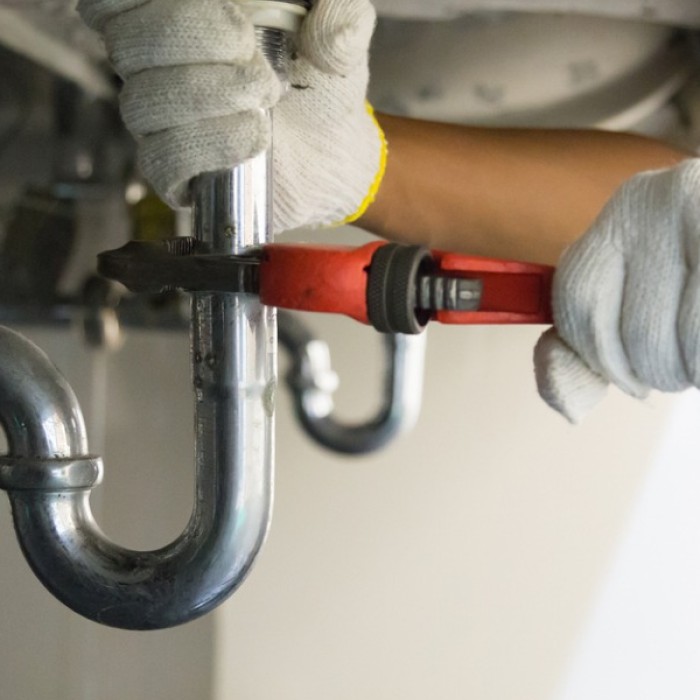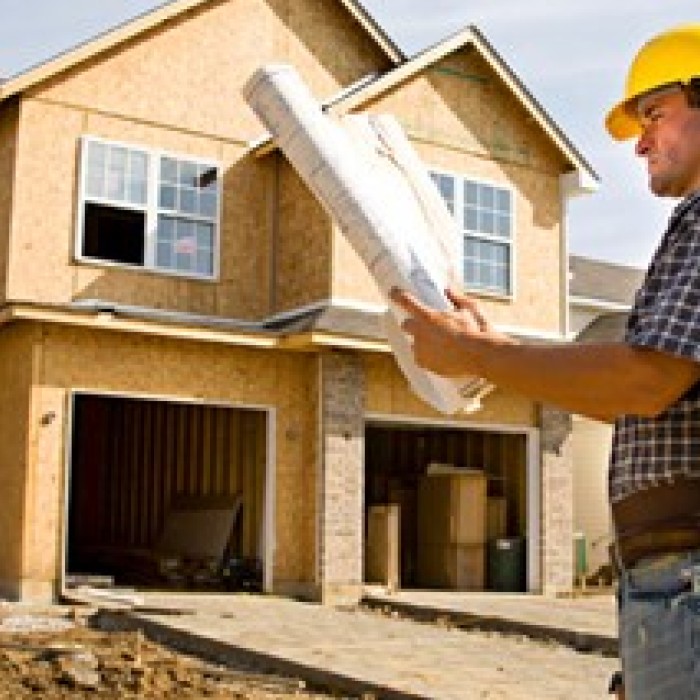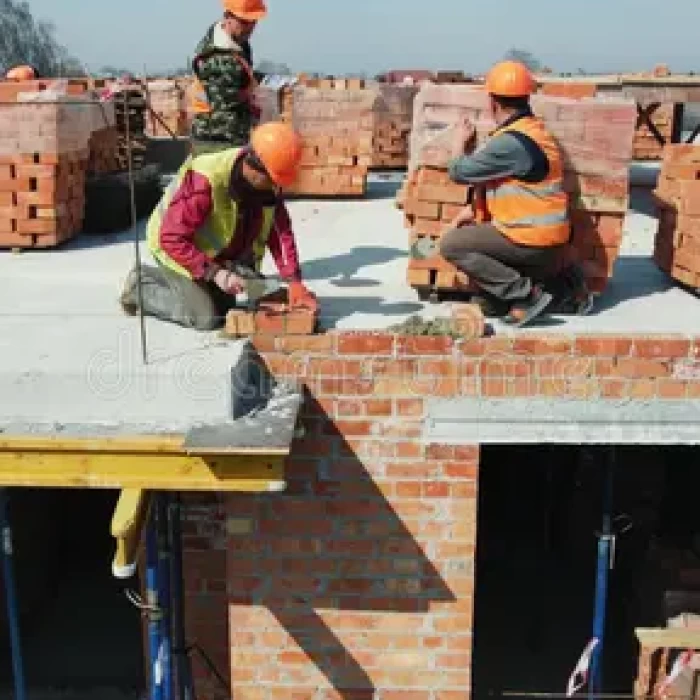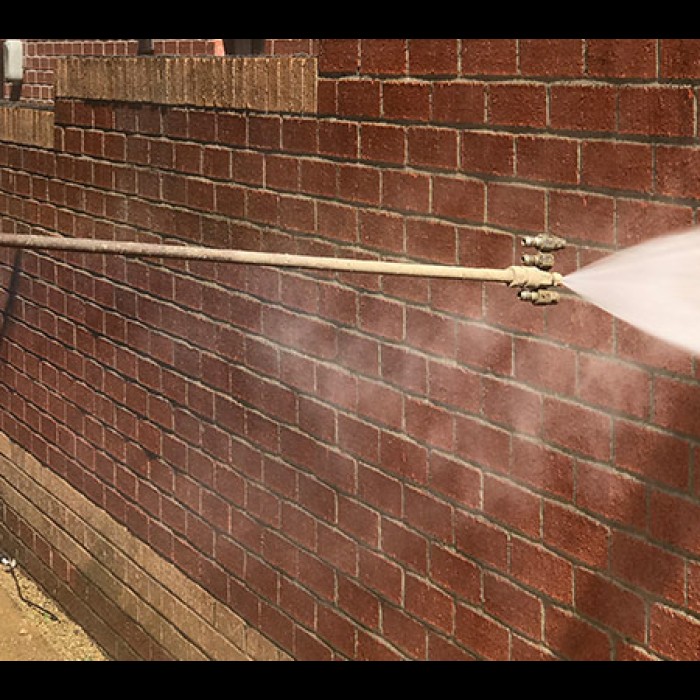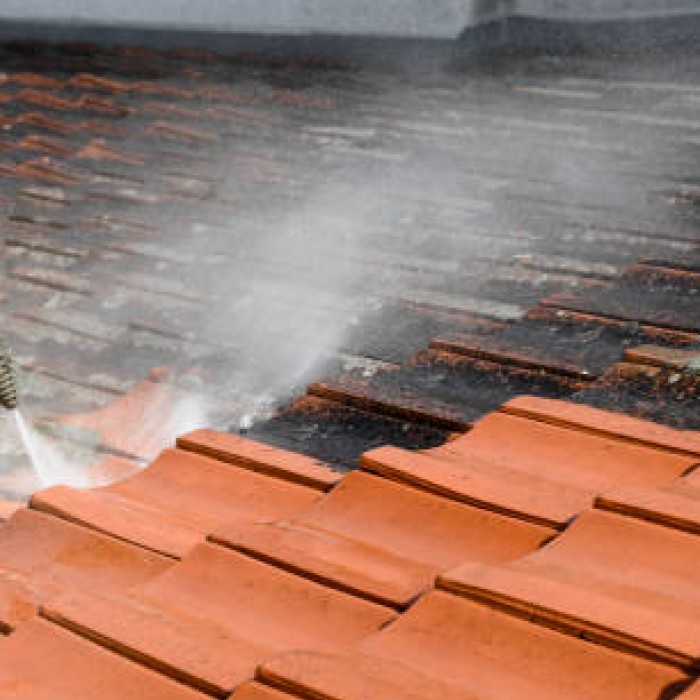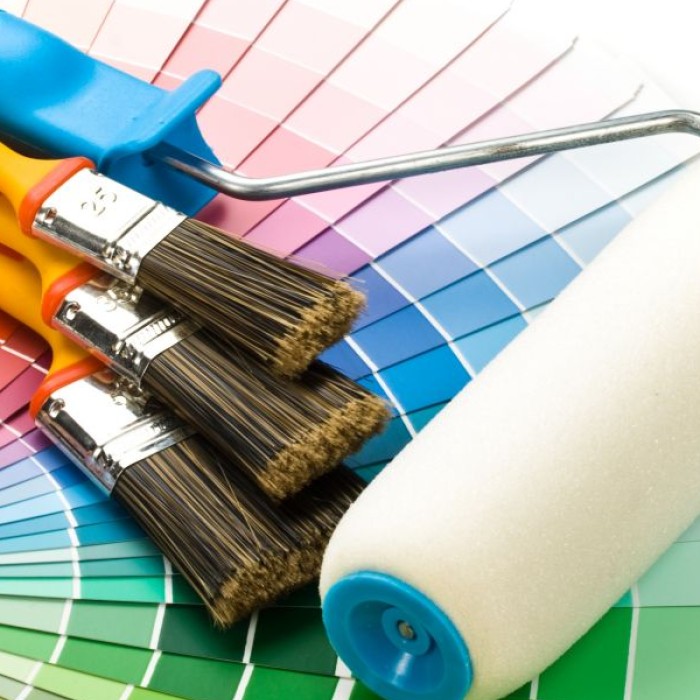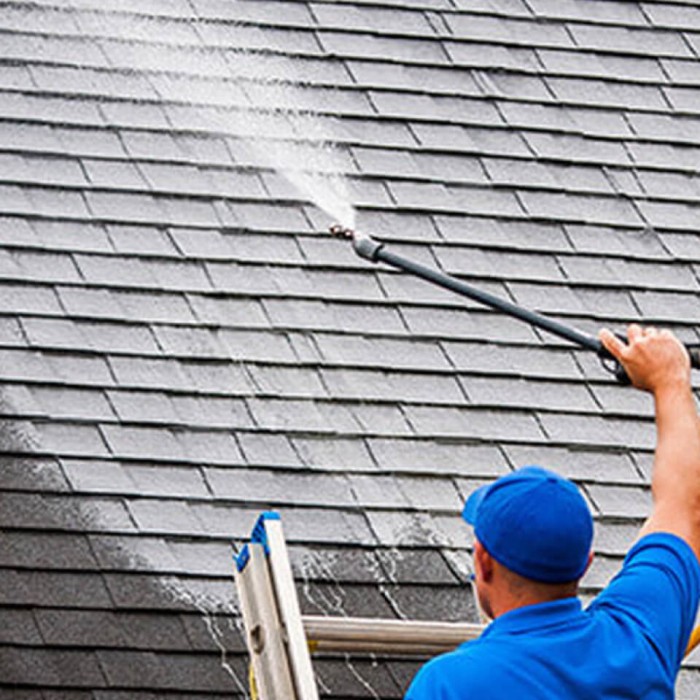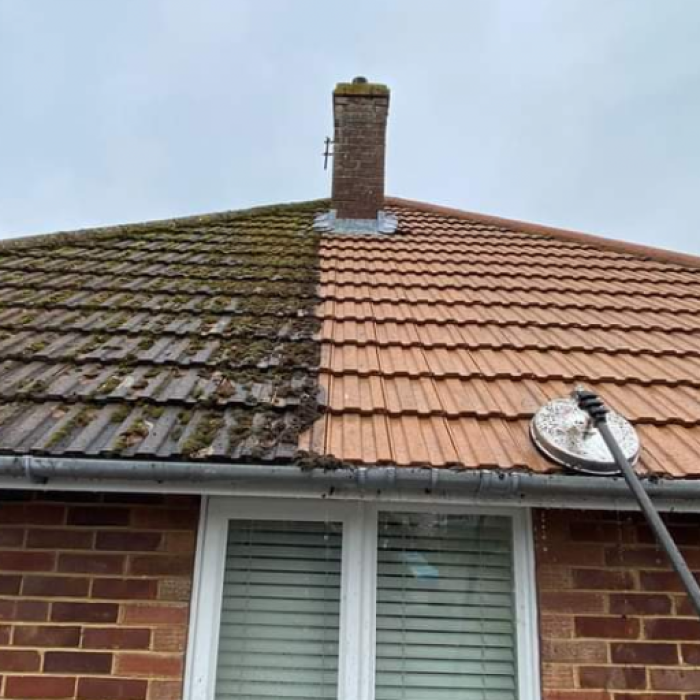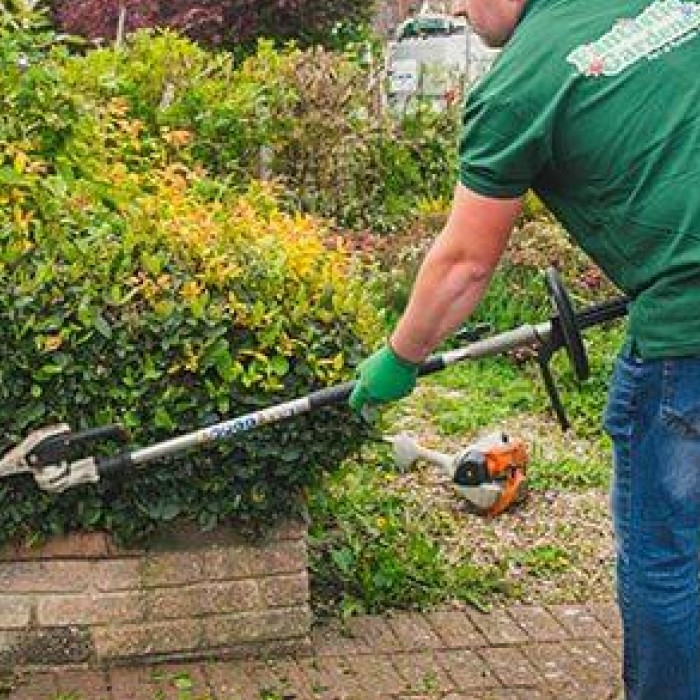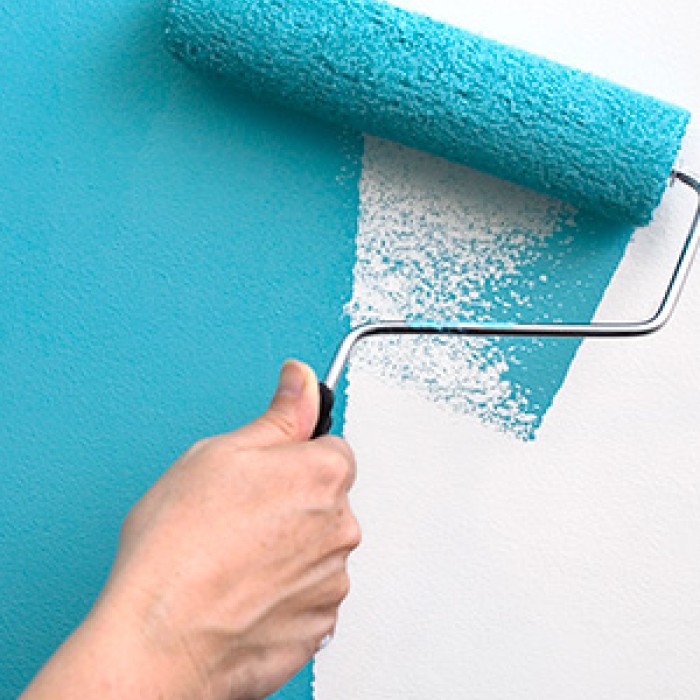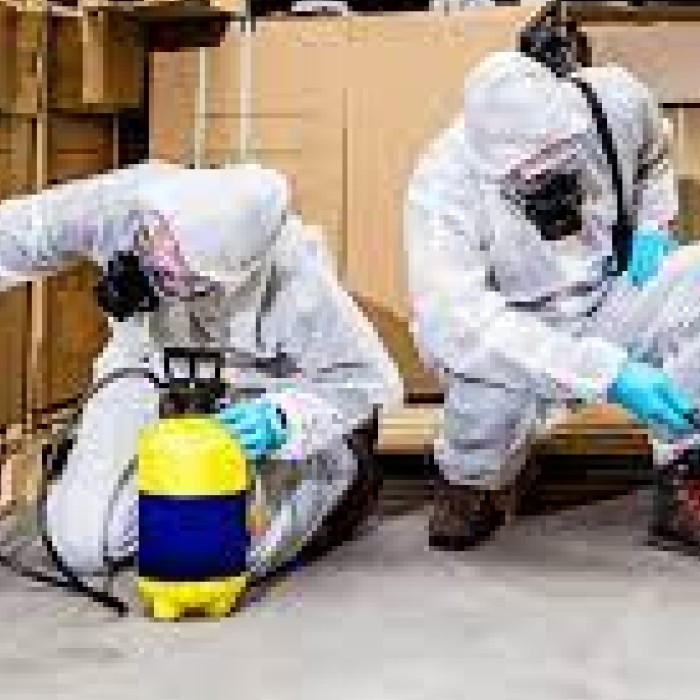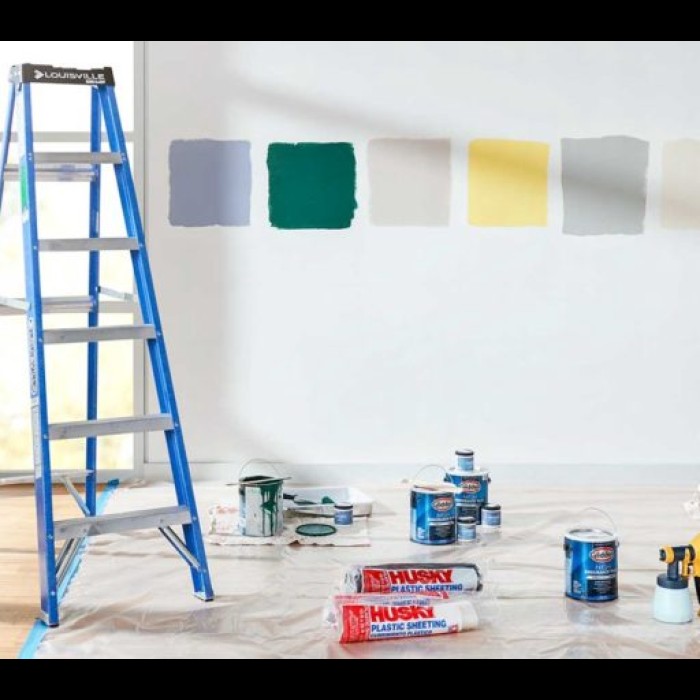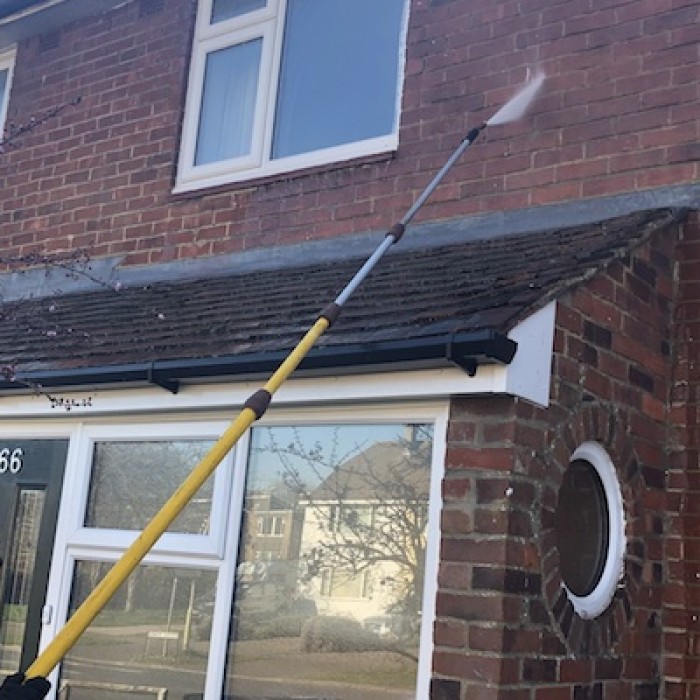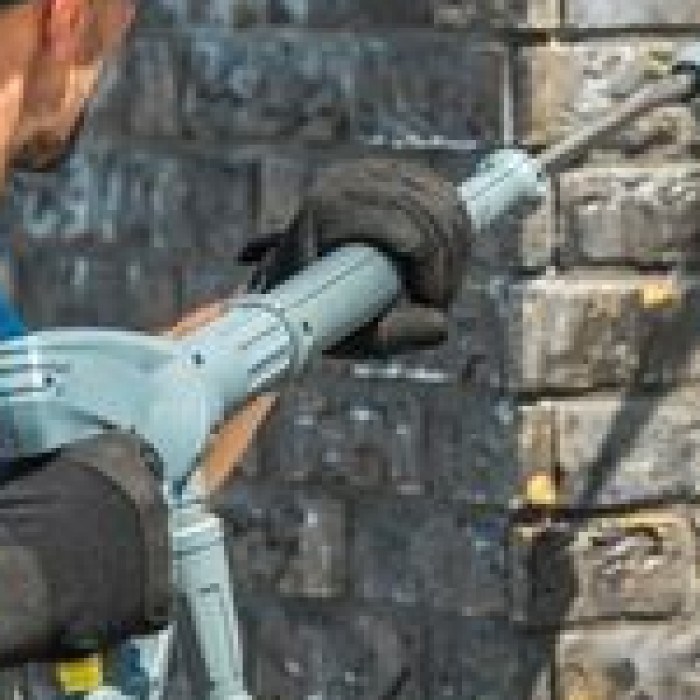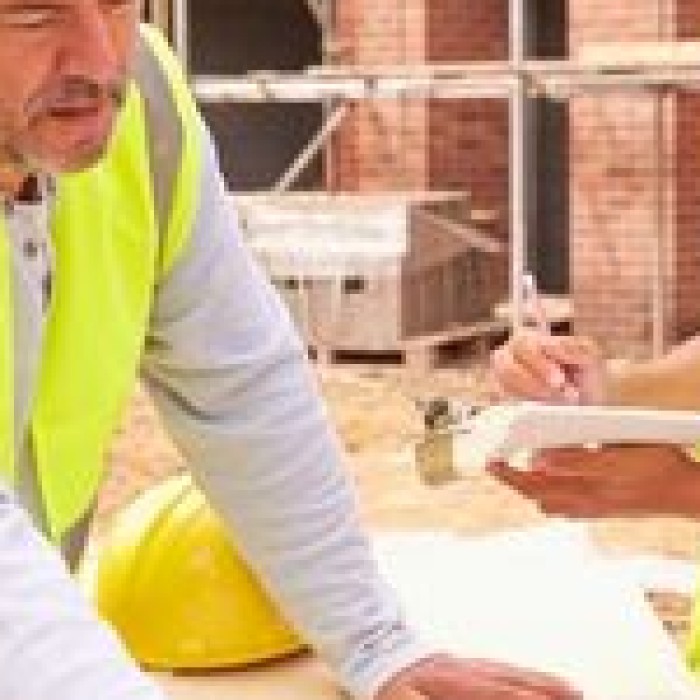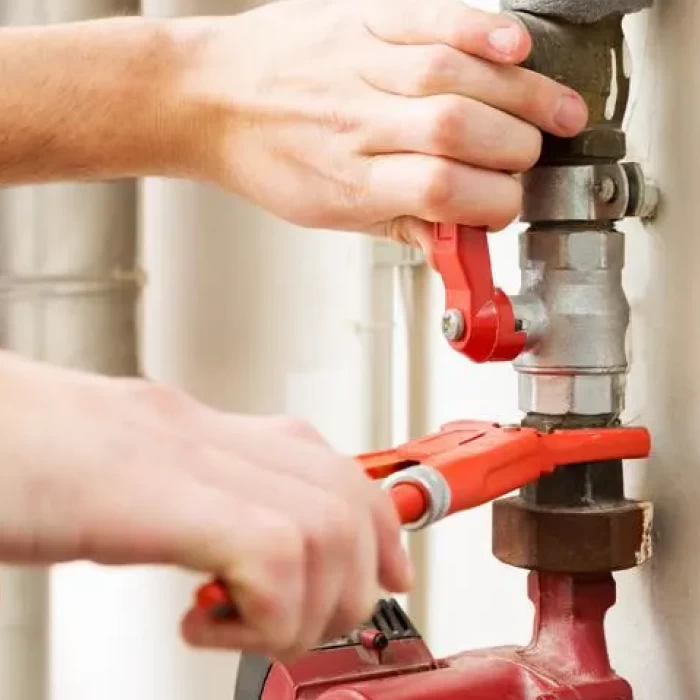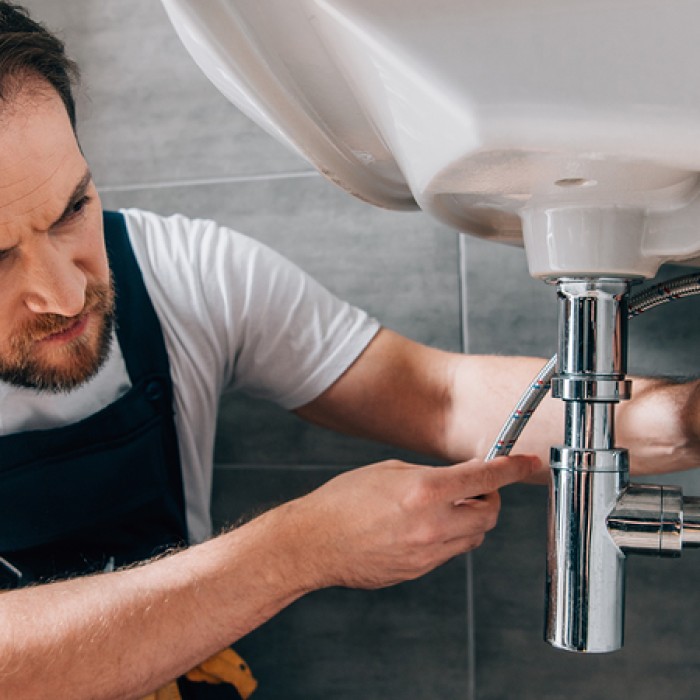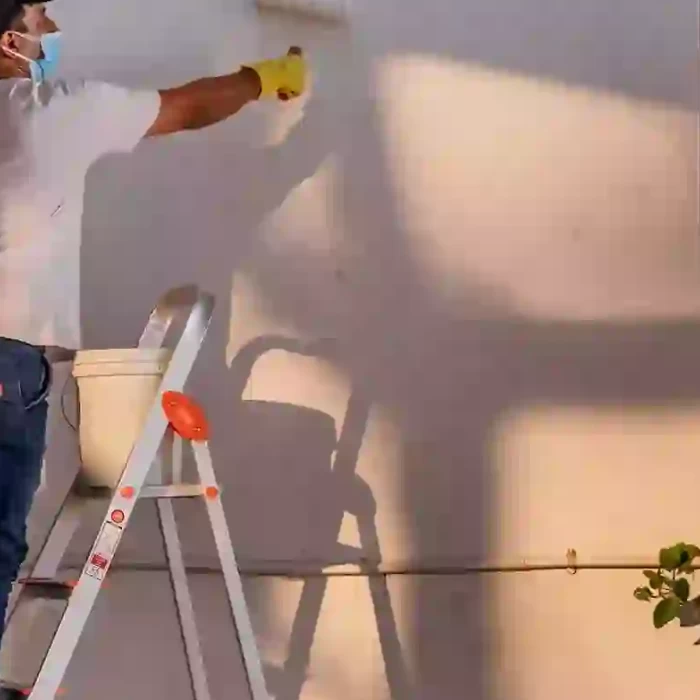Should I hire professionals for gyprocking?
Gyprocking, also known as drywalling or plaster boarding, is the process of installing plasterboard sheets to create a smooth, seamless surface on walls and ceilings. It involves cutting and shaping the sheets to fit the desired space, screwing them into place, and finishing the joints with tape and compound; all of which requires skill and experience to achieve a flawless finish.
Hiring a professional gyprocker can save you time and money in the long run. Not only do professionals have the necessary tools and expertise to complete the job efficiently, but they also know how to identify potential problems and prevent them from turning into costly repairs down the line. Additionally, a well-done gyprocking job can improve the overall aesthetic appeal of your space and increase its value.
The downsides of DIYing gyprocking projects
Following are some disadvantages that one will need to overcome if someone chooses to approach a Do it Yourself or DIY way with gyprocking their homes.
Inadequate Tools and Materials
One major disadvantage of DIY gyprocking is the lack of proper tools and materials. Without the right tools, it can be difficult to cut the gyprock to the correct size, resulting in uneven edges and gaps. Similarly, using inadequate materials can lead to a weak and unstable finish that is prone to cracks and damage.
Time-Consuming
DIY gyprocking is a time-consuming process that requires a lot of patience and attention to detail. Even a small room can take several days to complete, and mistakes can set the project back even further. For individuals with busy schedules, this can be a significant disadvantage, as it may take longer than anticipated to finish the project.
Safety Hazards
Gyprocking can be a dangerous task, particularly when working on ceilings or high walls. Without the proper safety equipment, individuals can be at risk of falling and suffering serious injuries. Similarly, cutting and sanding gyprock can create a lot of dust, which can be harmful to the lungs if inhaled.
Poor Quality
One of the biggest disadvantages of DIY gyprocking is the potential for poor quality workmanship. Unless the individual has experience in gyprocking, they may not be able to produce a smooth and even finish. This can result in unsightly bumps and uneven surfaces, which can be difficult to correct once the work is complete.
Possibility of loss
There is always a possibility of loss of resources both the things that are going to become the new wall/roof and already existing walls made of gyprock, if the DIY process goes wrong in any manner. Before installation the surfaces must be cleaned thoroughly and the gyprock must be prepared correctly to prevent this, and even then the chances will still exist that things will go wrong unless one is a professional.
A tip on doing it yourself anyway
Gyprocking is a difficult task to do on one’s own, but many of those reading will not be satisfied with the above list so this paragraph will be written for them. Before beginning the installation, it is also important to inspect and reinforce the walls and ceiling to ensure stability. To avoid unnecessary wastage of materials, precise measurements and markings should be made on the designated area. Safety is tantamount, and to prevent inhalation of harmful dust, it is crucial to wear protective gear, such as safety goggles, gloves, and a dust mask when attempting to DIY gyprocking.
Utilizing appropriate tools, such as a power drill, level, and t-square, one can significantly improve accuracy and efficiency during installation. Additionally, it is recommended to seek advice from experts or watch tutorials online that can provide valuable insight and knowledge for the project. With these helpful tips, you can successfully complete a gyprocking project with confidence and ease.
How professionals help
Professionals in the gyprocking domain will have worked for several years in the field, and can thus navigate any kind of problems while doing their work, and they work on time. This saves the person they are serving these services the above listed troubles that come with installing gyprock otherwise. They correctly assess the area that needs to be gyprocked and determine the appropriate thickness and type of gyprock required, and will help smoothen the installation after it has been fixed in place. They will also be able to make precise measurements and cuts to ensure that the gyprock fits perfectly, and help create attractive textures and aesthetic appearance with gyprock.
Conclusion
As you can see there are a lot of problems that crop up once one decides to install or repair drywall or gyprock themselves without taking professional work. Apart from being a complicated process, gyprock is fragile, which means any mistakes in the process can be costly in the long run. Professionals can help in both large and small scale drywalling projects, and fix cracked or broken gyprock and help replace them. Worldwideservices has people that have years of experience in the field, and thus will help you install gyprock at the lowest of prices in walls, roofs and anywhere else that you may require.

